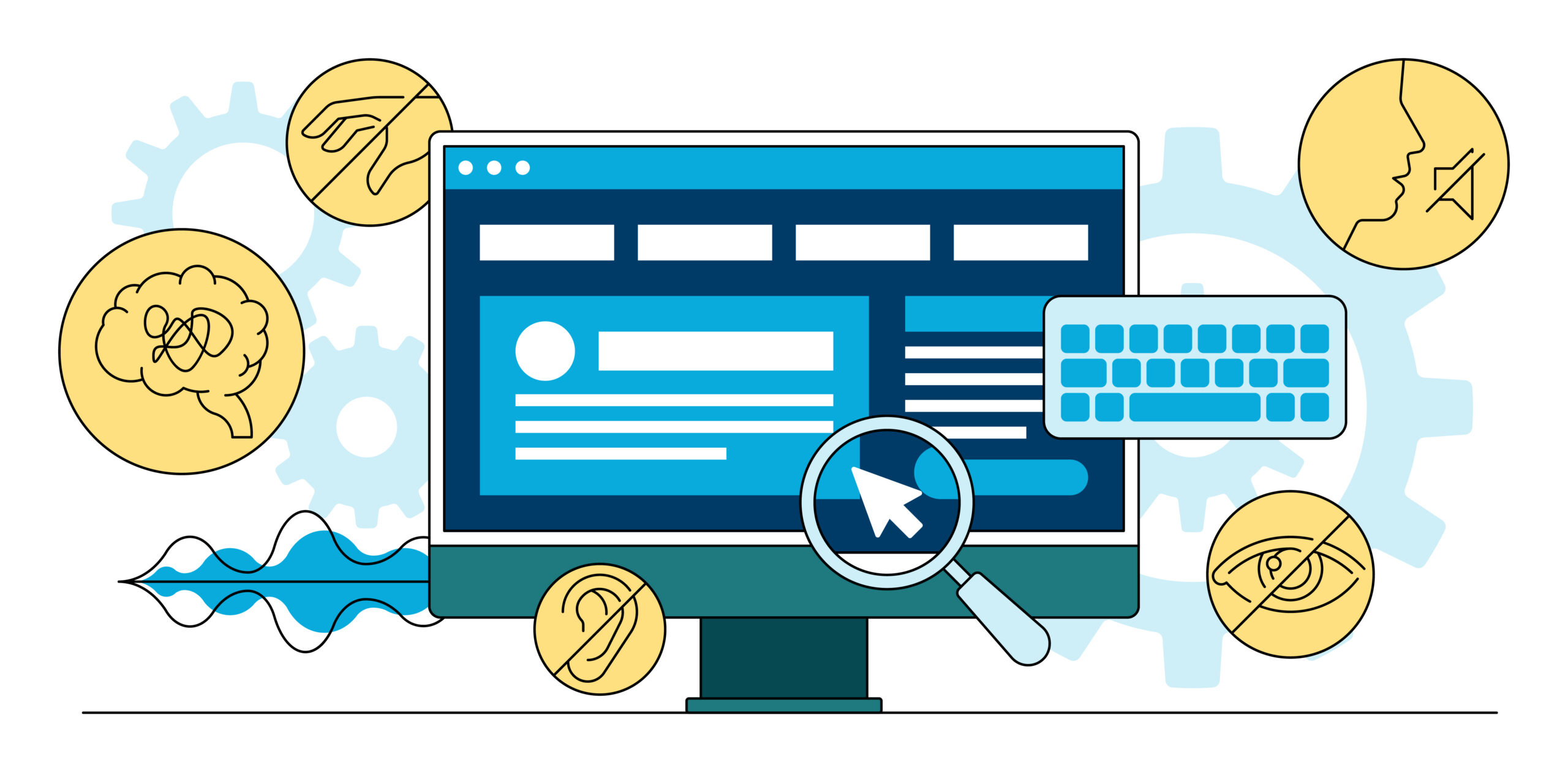Is your company committed to ensuring your digital content is accessible to employees with disabilities?
Developing and providing accessible digital content to all employees is an important part of fostering a disability-inclusive workplace. In fact, the 2020 National Disability Employment Awareness (NDEAM) month theme, “Increasing Access and Opportunity,” speaks to the significance of ensuring America’s workplaces include and accommodate people with disabilities. As traditional work environments continue to shift to remote work, virtual events, and video-conferencing meetings, companies should prioritize ensuring employees with disabilities have equal access to the tools they need to perform their best.
Here are a few ways to enhance your digital accessibility to ensure all employees can access your digital tools:
Develop a Plan and Include the Right People

One in four Americans identify as having a disability, which means it is critical to include people with disabilities in your digital accessibility planning process. Plans should incorporate ways to assess and improve accessibility for websites, apps, and documents such as employee handbooks, videos, training manuals/platforms, virtual meetings, etc. Consult internal IT teams or your company’s IT vendor to make sure they are involved in this process. Provide clear guidelines about their responsibilities to maintain digital accessibility. In addition, ensure your plans include continual training to remain up to date on accessibility best practices.
Conduct an Internal Digital Accessibility Statement
 As technology continues to advance, auditing and assessing your digital accessibility on all platforms is very important. To help, you can hire an outside organization to audit your policies, processes, website(s), and apps for accessibility to gain a clear, objective understanding of issues and needs. This should include reviewing employee portals (which may include time reporting, payroll information, etc.), meeting and event platforms, sales systems, and all platforms employees interact with in their jobs. Accessibility assessments can guide your future training and remediation efforts. They will also help you prioritize the work in order of greatest need.
As technology continues to advance, auditing and assessing your digital accessibility on all platforms is very important. To help, you can hire an outside organization to audit your policies, processes, website(s), and apps for accessibility to gain a clear, objective understanding of issues and needs. This should include reviewing employee portals (which may include time reporting, payroll information, etc.), meeting and event platforms, sales systems, and all platforms employees interact with in their jobs. Accessibility assessments can guide your future training and remediation efforts. They will also help you prioritize the work in order of greatest need.
Stay Up to Date on WCAG Requirements
It’s impossible to know if your digital content is accessible when you are unaware of its potential access barriers. The Web Content Accessibility Guidelines (WCAG) provide valuable guidance for businesses and organizations that want to make their content accessible to all people. These guidelines specify access barriers to look for when reviewing a website, applications, or digital documents. While these barriers may not initially be noticeable, people without disabilities often notice an improved experience when digital content provides better structure and usability.
Ensure Continuity
Your overall digital environment will continually change, so ensure accessibility consistently remains top-of-mind whenever your company makes plans to change any of its digital content (i.e., web platforms). By doing this, you will avoid falling behind and out of digital compliance and continue to demonstrate your commitment to full disability inclusion.
Source: Whatcanyoudocampaign
If you want to know more about disability inclusion in your company, read the Why & How’s here.

